Mitsubishi Colt - Twin of Clio with three-year advantage in warranty
Alliances make their members stronger in the best case scenario. Mitsubishi has succeeded: The Japanese brand has brought back a small car into its lineup after a long hiatus in Europe thanks to its connection with Renault-Nissan. It even surpasses its nearest relative in certain aspects.
It's not hard to notice: The Colt, which will be available starting at the end of 2023, is a well-disguised Renault Clio. The Japanese didn't put much effort into integrating the French into their model range. A logo at the front, one on the trunk lid, and one on the steering wheel - that was almost it. However, there are differences when it comes to trim levels and engine options. The hybrid powertrain with 105 kW/143 PS is common to both models.
The combination of gasoline and electric power plays a dual role in the lineup, aiming for both the best performance and the lowest consumption. And it works just as well in Mitsubishi as it does in Renault. The rather complex combination of a gasoline engine, various transmissions, and overall three individual electric motors works smoothly and powerfully. Noticeable jerking or a nervous acceleration are absent. Even in urban stop-and-go traffic, the electric boost provides a seamless shove.
Preferred Habitat: City
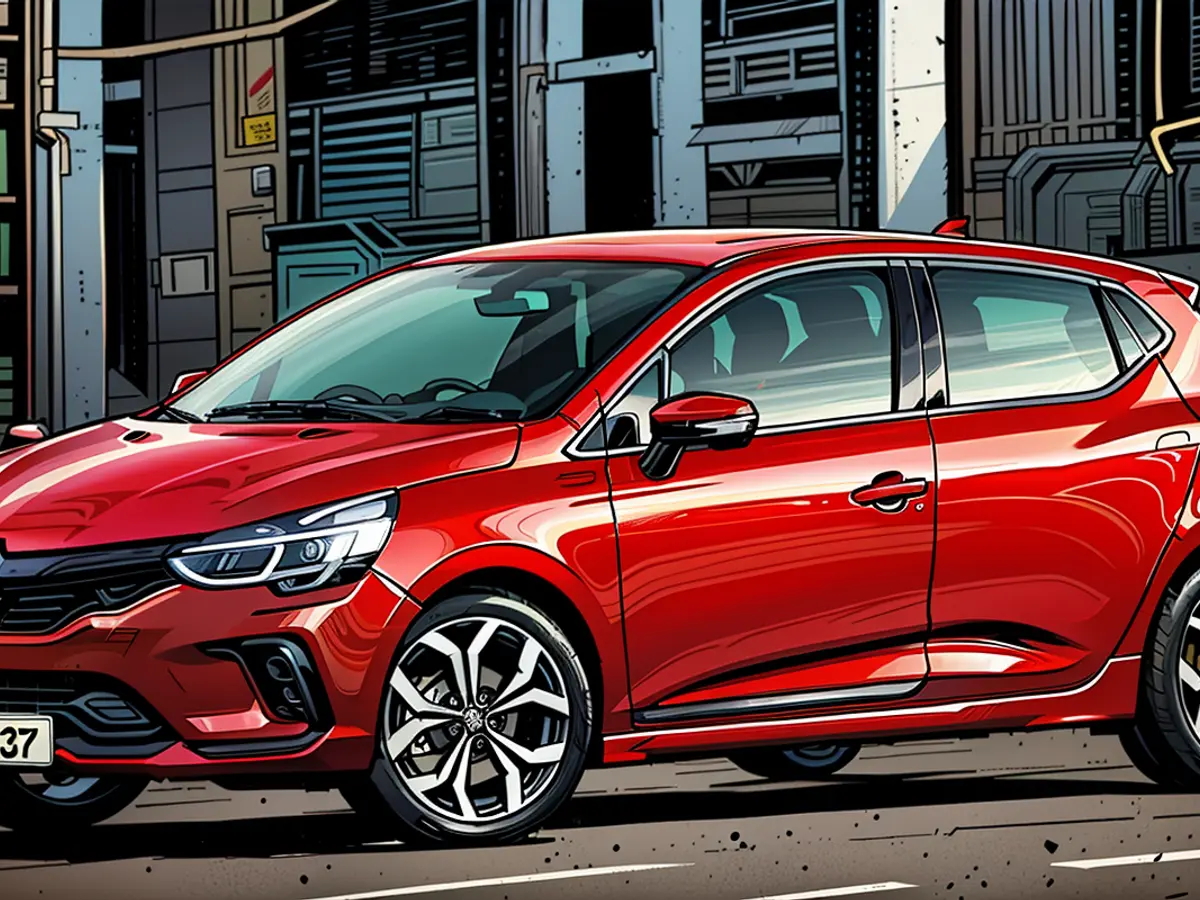
The gasoline engine is surprisingly rarely in demand in the city, it mainly switches off outside of city limits and on the highway. If you let it run calmly, the powertrain combination works effectively and powerfully there as well. However, at higher power demands, such as during overtaking, the gasoline engine makes its presence known with a loud roar, indicating that it is being pushed harder. The smooth cornering of the Colt is not its strong suit, as the automatic transmission sometimes struggles to find the right gear at varying speeds.
Even though the hybrid is well-suited for relaxed, but monotonous highway or country road tours, its preferred habitat is the city. It consumes significantly less than 4 liters of fuel per 100 kilometers there. The on-board computer display sometimes shows a high five or low six on the highway, but the mixed consumption value of 4.2 liters seems overly optimistic. In practice, the Mitsubishi ranks among the most fuel-efficient representatives of its class with around 5 liters.
Like the Clio - in the Good and the Bad
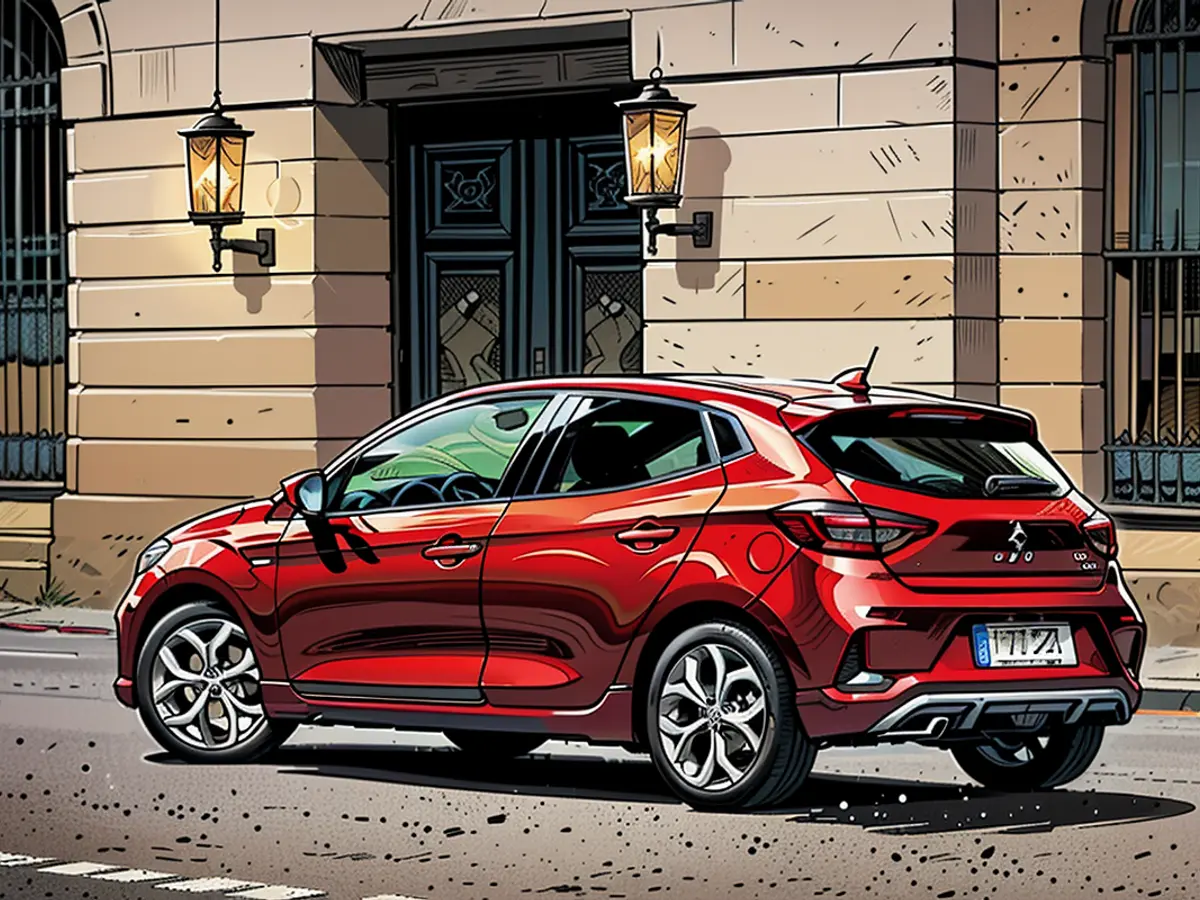
The Colt doesn't have any weaknesses to speak of, except for its lack of independence. The list of good and bad characteristics reads like that of the Clio. So, the Japanese car, like the French one, boasts a beautiful, valuable, and ergonomically well-designed interior. The central element is the upright display screen, on which the user-friendly manufacturer software runs or the even better alternative from Google ("Android Auto") or Apple ("Car Play"). A cable connection is not necessary.
The seating space is good in the front, but it's cramped in the back - as is typical for the class - for four large adults. In the rear, the sloping roofline and the rising shoulder line in combination with the small rear window create a somewhat dark atmosphere. Additionally, there is a lack of storage spaces.
The trunk is relatively large for a compact car, but its utility is not optimal due to the high loading edge and the absence of a double loading floor in the hybrid version. Mitsubishi, unlike Renault, has opted to save a button for unlocking the trunk and instead requires the use of the remote control on the car key for opening.
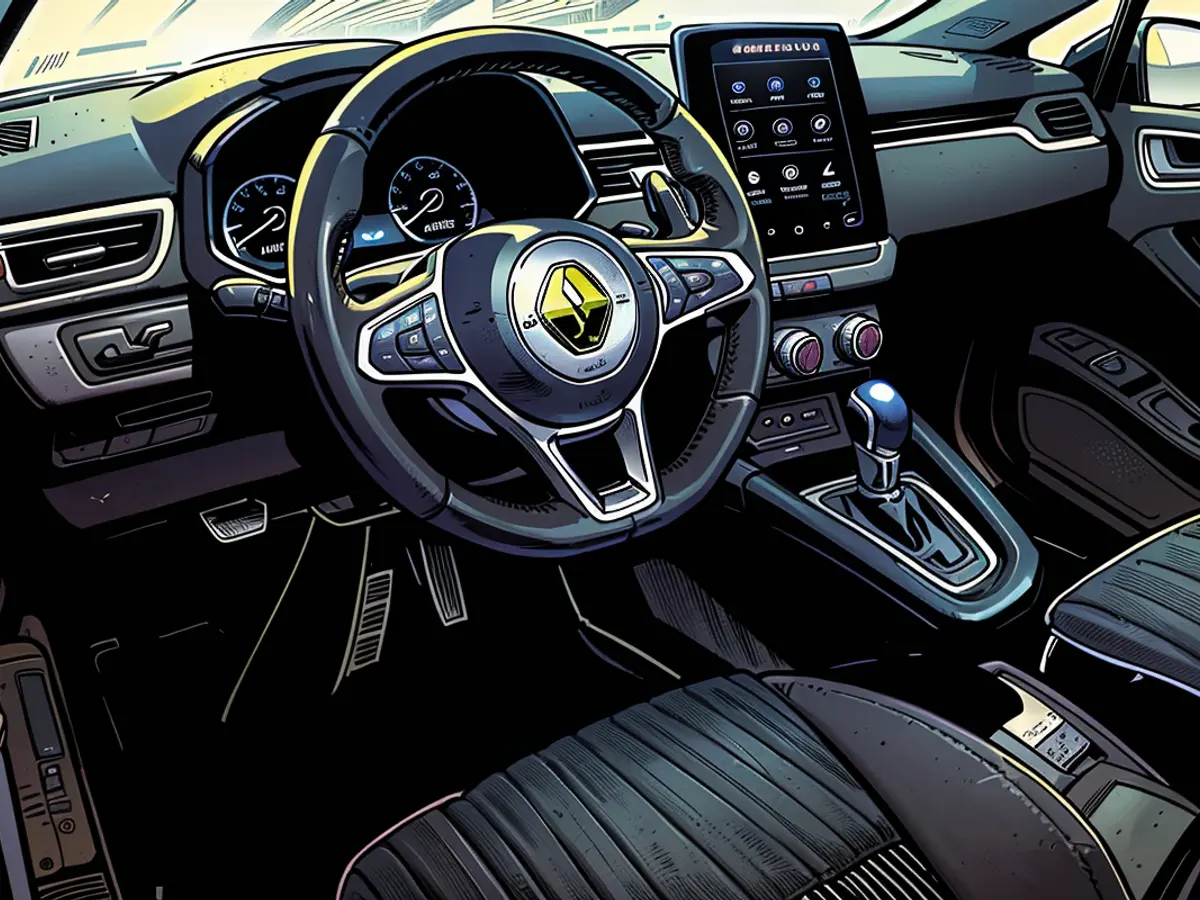
Five-Year Warranty instead of Two like at Renault
Mitsubishi offers a five-year warranty instead of the two years that Renault provides. This could be a decisive argument for customers who attach great importance to a long-term guarantee. The Colt, with its balanced combination of driving pleasure and economy, could thus attract a new customer group for Mitsubishi in Europe.
At the price structure, Mitsubishi-Hybrid sets itself apart from Renault. With a starting price of 26,200 Euro, the Colt is nearly 3,000 Euro more expensive, but it already comes with a comprehensive equipment. In the most affordable "Plus" variant, features include a rearview camera, 16-inch light alloy wheels, a heated leather steering wheel, and climate control. Even the "Top" variant with quasi-full equipment stays below the 30,000 Euro threshold.
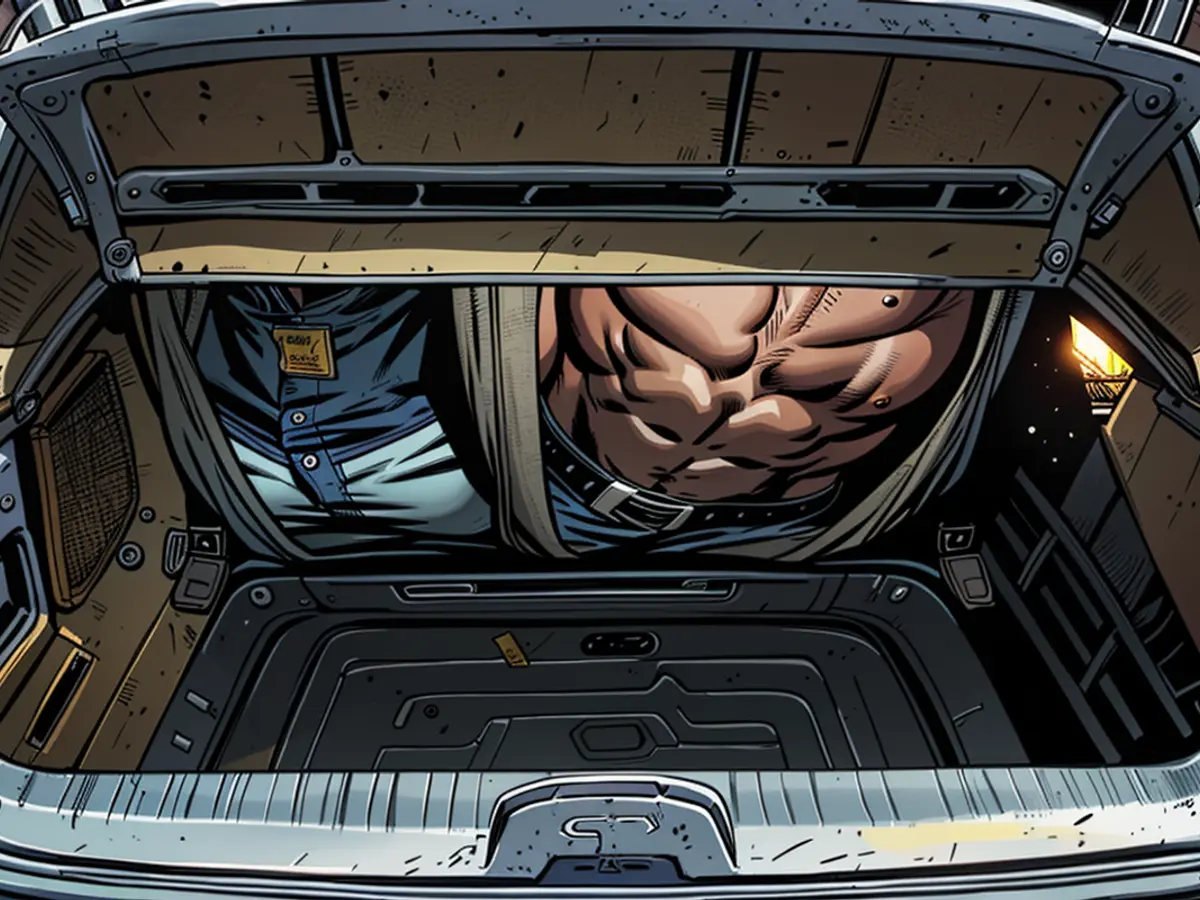
Really, Mitsubishi distinguishes itself from its French relative in a crucial aspect: Mitsubishi offers a five-year warranty, while Renault charges for repairs after two years.
For the Colt comeback, Mitsubishi chose the right platform. The Clio twin is agile and economical and looks at least quite grown-up in the front cabin. Mitsubishi couldn't develop its own identity in this class, so its strongest argument against the Renault is its long warranty. In this segment, that's quite valuable.
Technical Data - Mitsubishi Colt Hybrid
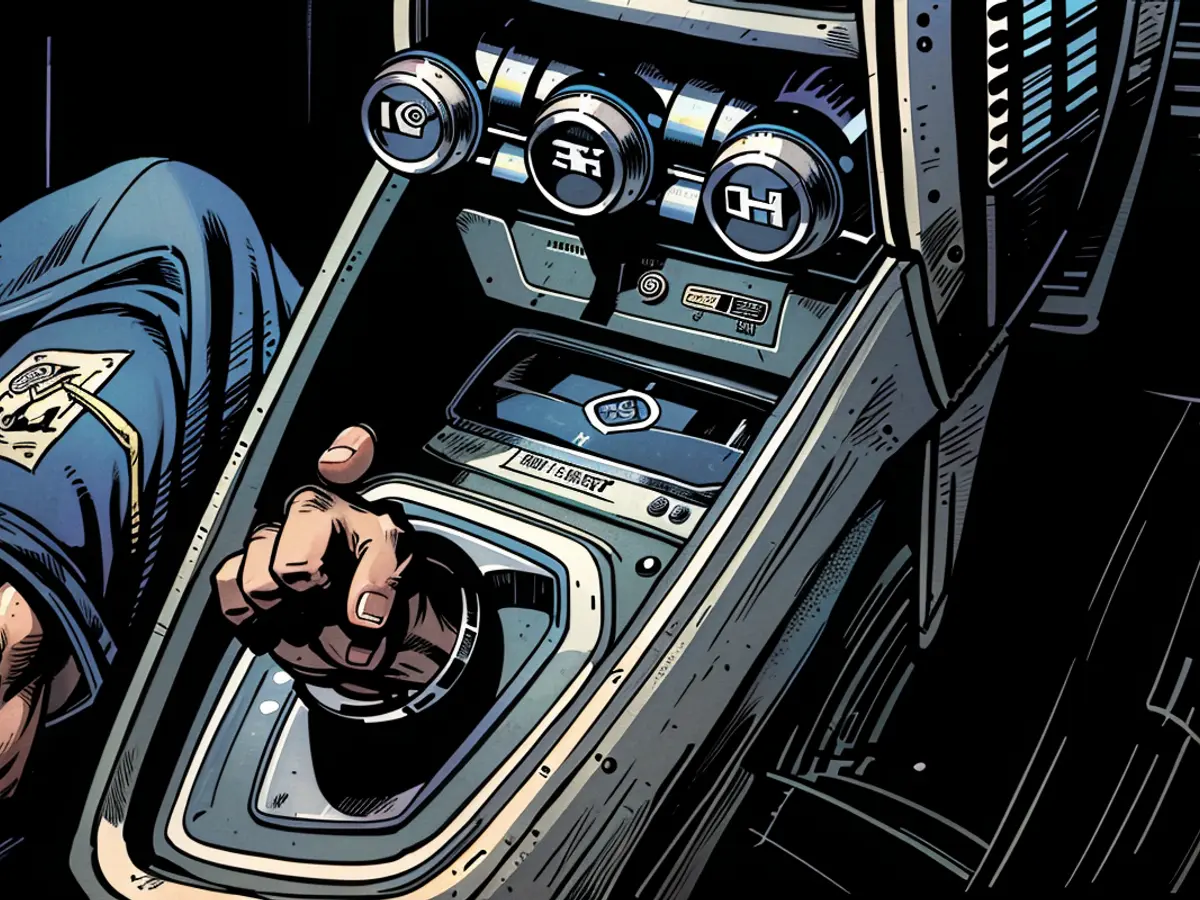
- Five-seater compact car
- Length: 4.05 meters, width: 1.80 meters, height: 1.44 meters, wheelbase: 2.58 meters, trunk volume: 301-979 liters
- Hybrid: 1.6-liter four-cylinder gasoline engine, 69 kW/94 PS, Electric motor: 36 kW/49 PS, System power: 105 kW/143 PS, maximum torque: 148 Nm at 3200-3600 rpm (gasoline), 205 Nm at 200-1677 rpm (electric motor), Automatic transmission with two plus four gears, front-wheel drive, 0-100 km/h: 9.3 s, top speed: 180 km/h, combined fuel consumption: 4.1 l/100 km (WLTP), CO2 emissions: 92 g/km, test consumption: 5.0 l/100 km, prices: from 26,200 Euro
The Mitsubishi Colt, inspired by the Renault Clio, will be available as a small car in Mitsubishi-Models, joining Renault-Models in the lineup. Despite sharing similarities, Mitsubishi distinguishes itself in the warranty department, offering a five-year warranty contrasting Renault's two-year coverage.








